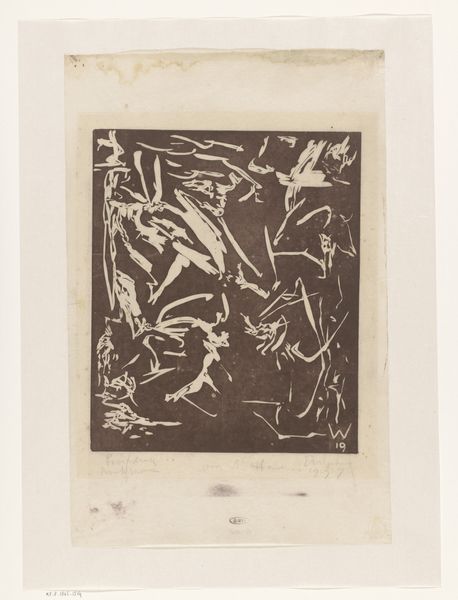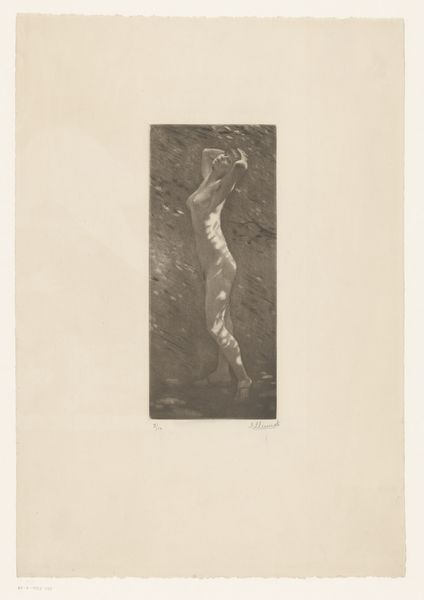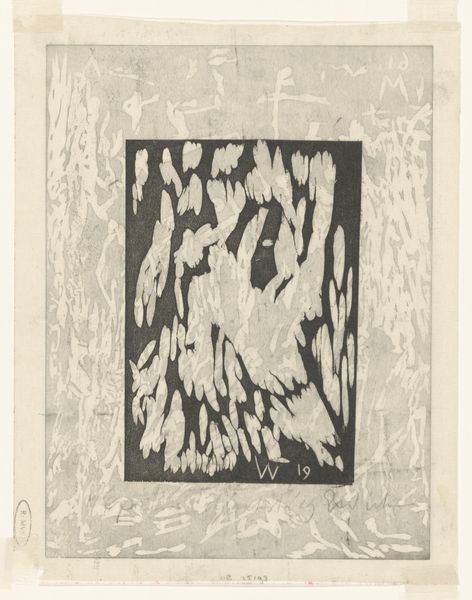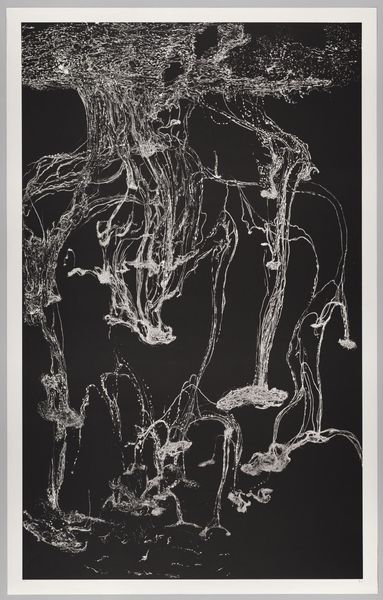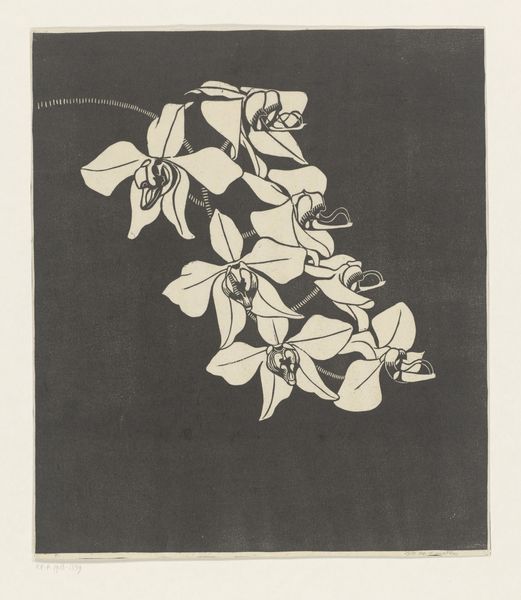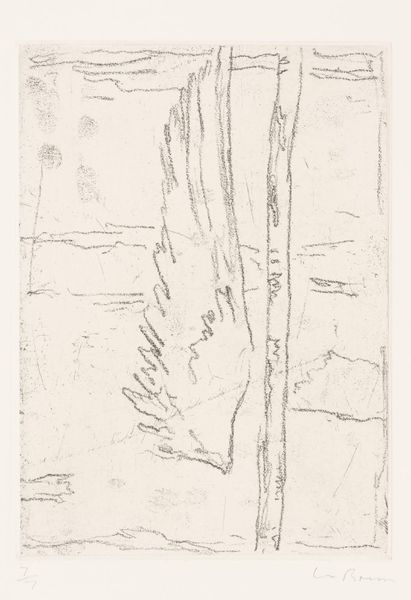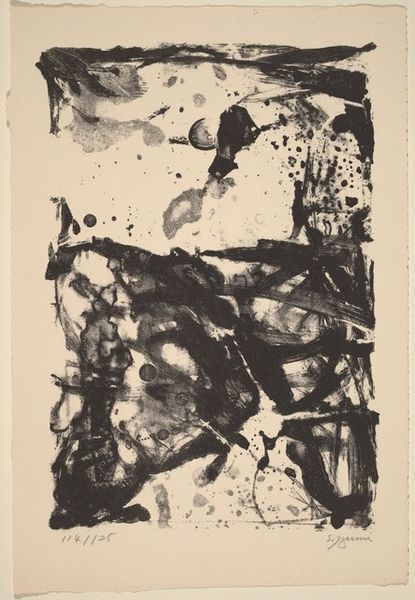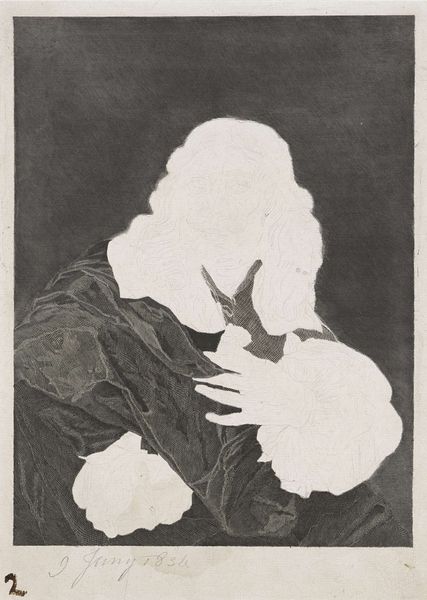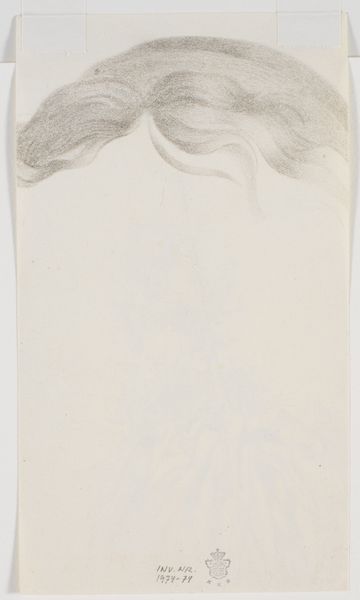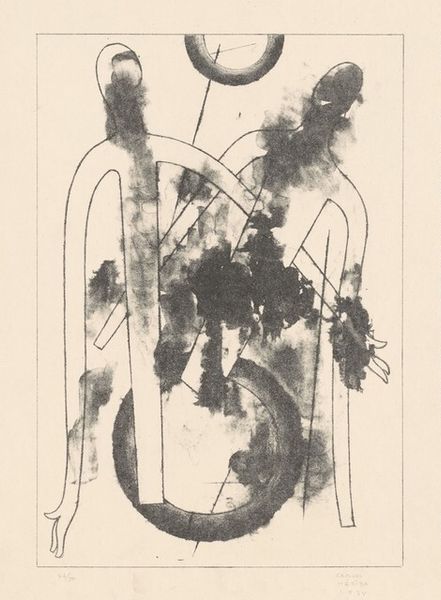
print, linocut
# print
#
linocut
#
linocut print
#
geometric
#
expressionism
#
abstraction
Dimensions: height 321 mm, width 223 mm
Copyright: Rijks Museum: Open Domain
Erich Wichmann made this abstract composition sometime around 1919, likely using a woodcut or linocut technique. The high contrast between the stark white shapes and the dark, textured background creates a real visual punch. Looking closely, you can see how Wichmann carved away at the block to leave these bold forms. The process itself is so apparent – you can almost feel the artist's hand moving across the material, making decisions with each cut. It’s like a dance between control and accident. I’m really drawn to the jagged edges and the way the light catches the rough surface of the paper. There’s a kind of raw energy to it. Wichmann’s work reminds me a bit of the German Expressionists, like Kirchner or Heckel. They were also playing with abstraction and using bold, graphic forms to express intense emotions. This piece feels like a moment of experimentation, a step towards something new. It's a reminder that art is always in conversation with itself, evolving and changing over time.
Comments
No comments
Be the first to comment and join the conversation on the ultimate creative platform.
